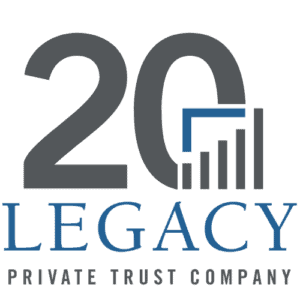Every firm should prepare for the unexpected, including the sudden loss of a partner or key person. The unforeseen death or disability of a crucial team member can significantly disrupt your operations. Beyond losing a valued individual, your firm also faces the challenge of replacing their skills, knowledge, and the important relationships they’ve built over time.
Mitigating the Impact of Losing a Key Person
While losing a key employee can’t be prevented, you can mitigate the financial impact through key person insurance. This type of policy compensates your company for losing a critical team member’s expertise and experience. The proceeds can be used to:
- Recruit, hire, and train a replacement
- Offset lost profits
- Provide reassurance to customers that operations will continue smoothly
- Assure lenders that the firm has the resources to meet financial obligations, such as loan repayments
Typically, the company owns the policy, and while premiums are not tax-deductible, the death benefits are usually received tax-free. However, businesses organized as C corporations should be aware of potential alternative minimum tax (AMT) implications.
Determining Coverage Needs
Valuing a key employee is not a straightforward task, but there are three primary methods to determine the necessary insurance amount:
- The Multiple Approach: This method involves multiplying the key person’s total annual compensation by a set number, including bonuses and deferred payments. Although this approach is popular due to its simplicity, it may not accurately reflect the actual financial impact of losing the key employee.
- The Business Profits Approach: A more detailed method, this approach calculates the portion of the company’s net profit attributable to the key person and multiplies it by the number of years expected for a replacement to reach a similar level of productivity. For example, if a key employee contributes $250,000 to annual profits and a replacement takes five years to reach similar productivity, the policy’s face value would be $1.25 million.
- The Present Value Approach: This involves calculating the value of the key employee’s profit contributions over a specified period. Using an assumed rate of return, this method determines the appropriate face value of the policy. For instance, if the expected profit contribution is $250,000 annually for five years, with an 8% discount rate, the policy’s face value would be approximately $1 million.
Planning for Continuity and Success
Investing in key person insurance is a proactive step to safeguard your firm’s stability and future. It’s worth considering how this firm’s protection can provide your business peace of mind, continuity, and financial security. If you’d like to explore how key person insurance can fit into your strategy, we’re here to help guide you through the options that best suit the firm’s unique needs.
If you are a Legacy client and have questions, please do not hesitate to contact your Legacy advisor. If you are not a Legacy client and are interested in learning more about our approach to personalized wealth management, please contact us at 920.967.5020 or connect@lptrust.com.
This newsletter is provided for informational purposes only.
It is not intended as legal, accounting, or financial planning advice.




